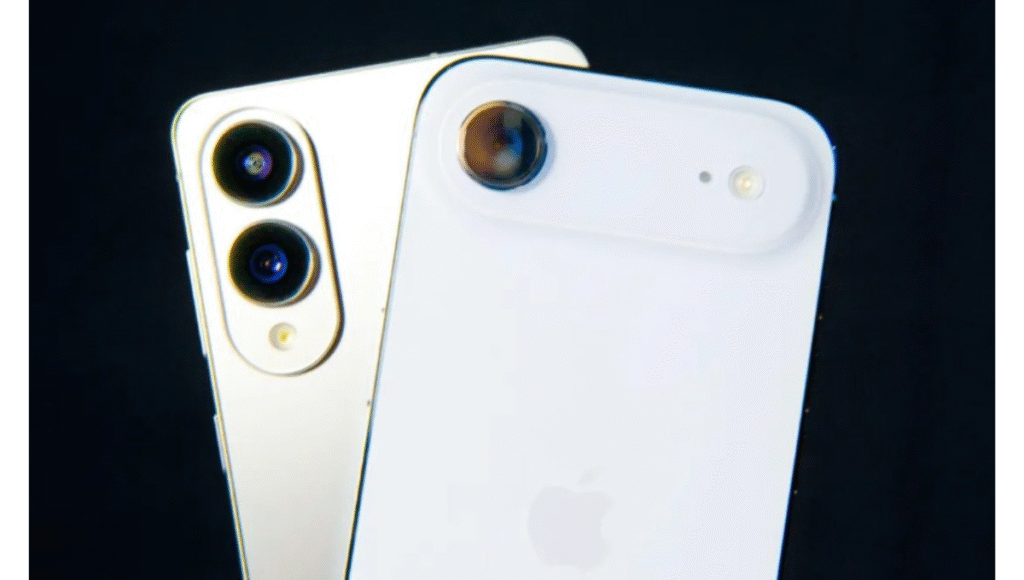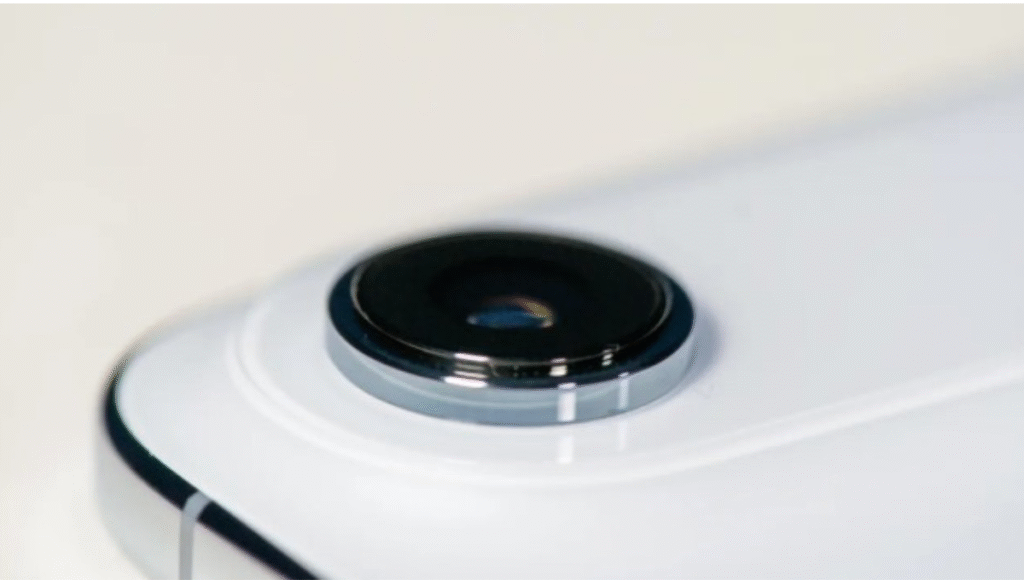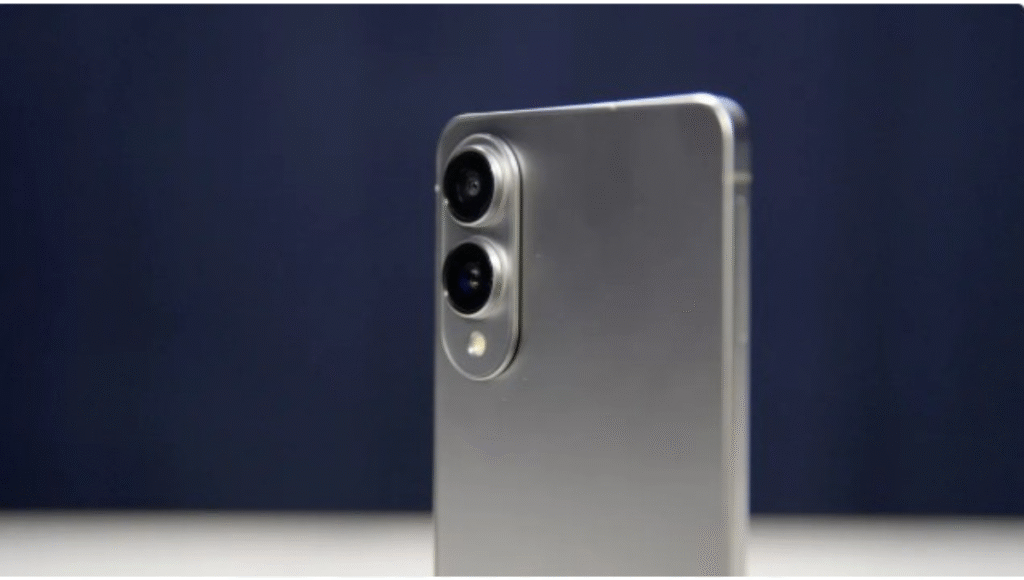
iPhone Air vs Galaxy S25 Edge The Battle of Slim and Sleek Smartphones
If you’ve ever felt weighed down by the chunkiness of your phone, you’re not alone. Today’s smartphones may be packed with powerful features, but sometimes all we really want is a device that feels light, sleek, and elegant in our hands. That’s where Apple’s new iPhone Air and Samsung’s Galaxy S25 Edge step in, redefining what it means to be thin without compromising too much on performance. Both devices bring a refreshing sense of minimalism to a market long dominated by bulkier builds, but which one really stands out? Let’s take a closer look at how these slim marvels compare.
Price and Positioning
Apple launched the iPhone Air at $999, cleverly slotting it into the lineup as the replacement for the iPhone 16 Plus. It’s not the “iPhone 17 Air,” which hints that Apple might treat this device as a special edition rather than a yearly upgrade cycle. Samsung, on the other hand, priced the Galaxy S25 Edge at $1,100, positioning it slightly higher but with occasional discounts already making it more accessible. Both are premium devices, clearly designed to attract those who care about design as much as technology.
Design and Dimensions
This is where both phones shine. The iPhone Air measures just 5.64mm in thickness, while the Galaxy S25 Edge is 5.8mm—so close it’s almost negligible. Compared to their standard family models, both are dramatically thinner, offering a completely different feel in hand. Despite the slim bodies, weight differences are minimal: 165 grams for the iPhone Air and 163 grams for the Galaxy S25 Edge.
For those who remember the original 2007 iPhone, here’s a fun fact: stacking both slim devices together gives you almost the same thickness as that very first model. It’s like a nostalgic throwback—but in a futuristic package.
Display Brilliance
Apple has packed a 6.5-inch Super Retina XDR OLED display into the iPhone Air, boasting a sharp resolution of 2,736 x 1,260 pixels and brightness that can soar to 3,000 nits under direct sunlight. Samsung, known for its dazzling displays, takes it further with a 6.7-inch QHD+ Dynamic AMOLED 2X screen, offering an even higher pixel density and a maximum brightness of 2,600 nits. Both support adaptive 120Hz refresh rates, so whether you’re scrolling, gaming, or streaming, the experience is smooth and immersive.
Camera Experience
When it comes to photography, the two devices take different approaches. The iPhone Air opts for simplicity, featuring a single 48-megapixel wide rear camera. Apple’s clever fusion technology blends detail and light to create crisp 24-megapixel shots, while also enabling 2x zoomed images without the need for an additional lens. The front-facing 18-megapixel Center Stage camera adapts to fit individuals or groups without needing to tilt the phone, a subtle yet smart touch.
Samsung flexes its camera muscle with a 200-megapixel wide camera and a 12-megapixel ultrawide lens on the back. Although it lacks a dedicated telephoto, the crop-zoom still delivers strong results. The 12-megapixel selfie camera may seem less impressive in numbers, but Samsung’s AI enhancements and wide-angle capabilities keep it competitive.


Battery Life and Charging
The slim profile inevitably means smaller batteries. Apple avoids disclosing exact numbers but promises all-day battery life with up to 27 hours of video playback. For heavy users, there’s even a MagSafe Battery add-on designed exclusively for the iPhone Air. Samsung’s 3,900mAh battery similarly claims up to 24 hours of video playback, and in real-world use, both devices comfortably last through a typical day. Fast charging on both models ensures you can hit 50% charge in just 30 minutes, making overnight charging less stressful.
Power Under the Hood
Performance-wise, the iPhone Air runs on Apple’s A19 Pro chip, the same powerhouse found in the iPhone 17 Pro, with storage starting at 256GB and scaling up to a massive 1TB. It ships with iOS 26, Apple’s latest software infused with intelligence-driven features.
Samsung’s Galaxy S25 Edge uses the Snapdragon 8 Elite processor, backed by 12GB of RAM for multitasking ease. Storage is available in 256GB and 512GB options, paired with Android 15 and Samsung’s One UI 7 layered on top, complete with Galaxy AI features.
Final Thoughts
Choosing between the iPhone Air and the Galaxy S25 Edge really comes down to preference. The iPhone Air embodies Apple’s design-first philosophy, with streamlined features, a razor-thin build, and the promise of ecosystem reliability. The Galaxy S25 Edge, meanwhile, offers bold specs like a 200-megapixel camera and larger display, appealing to those who crave cutting-edge versatility in a sleek frame.
At the end of the day, both phones make a statement: you don’t have to sacrifice style for substance. For anyone tired of bulky devices, these slim titans prove that elegance and power can go hand in hand.
Disclaimer: This article is for informational purposes only. Prices, features, and specifications are based on available information at the time of writing and may vary by region or update. Always check with official sources or retailers before making a purchase decision.






